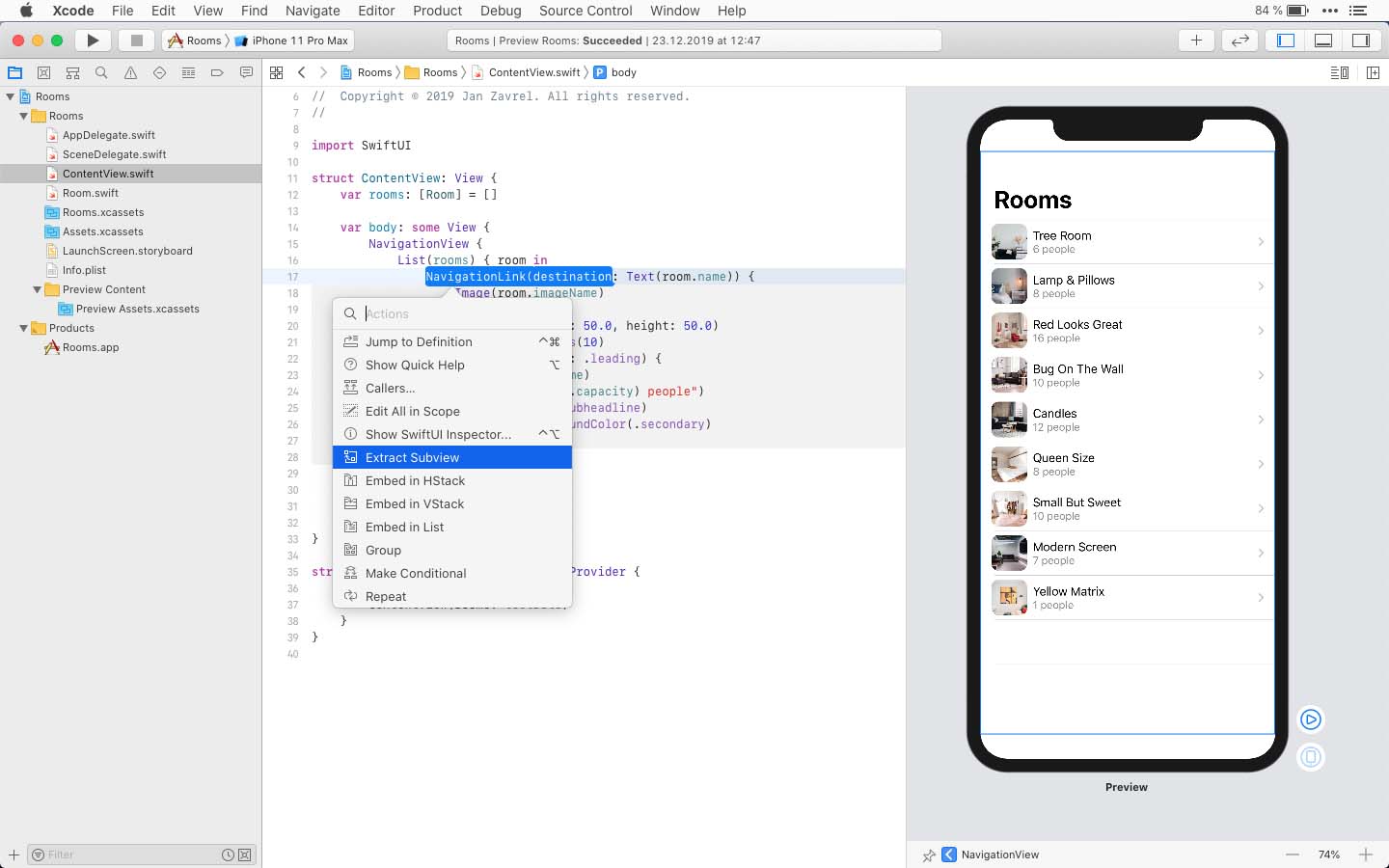

Let largeBolt = UIImage(systemName: "bolt", withConfiguration: largeConfig) More usefully, you can also tell UIKit what kind of text is being rendered nearby so it can ensure the icon is sized appropriately, like this: let largeConfig = UIImage.SymbolConfiguration(textStyle. Let boldBell = UIImage(systemName: "bell", withConfiguration: boldConfig) You can request specific weights of your icon by creating an instance of UIImage.SymbolConfiguration like this: let boldConfig = UIImage.SymbolConfiguration(weight. In its most basic form it looks like this: let paperPlane = UIImage(systemName: "paperplane.fill") To load a system icon you use the new UIImage(systemName:) initializer.
Swiftui systemname images code#
To be more precise: In a macOS App project, this line of code Image (systemName: 'star.
Swiftui systemname images download#
Note: This is a stringly typed API, so you should download the new SF Symbols app that lists all variants – download it here. Where are system images in SwiftUI macOS App Since Xcode Beta2, I been waiting and hoping that Image View with system images will be working for macOS App, as it does for iOS Apps. in SwiftUI you use it as in the statement above: Image (systemName: 'SystemImageName') Daniel Belm Duarte at 23:58 Add a comment 12 Slightly quicker and easier variant of Sensesful's answer: When in storyboard view, click the add button at the top of the screen. These icons form part of new UIImage API, and they are vector-based so you can us them at a range of sizes without loss of quality. SF Symbols are a set of symbols provided by Apple which can also be passed to an Image element, such as in the example above.IOS 13 lets us use icons from a range of over 1500 designed by Apple, all of which come in a variety of weights and sizes. Instead of passing the name of an asset to the Image(), system symbols can also be used. Bonus: Using System Symbols Image(systemName: "Symbol Name") To change the shape of the image, use the clipShape modifier and pass in the desired shape, such as Circle(). The integer value passed to the cornerRadius modifier corresponds to the roundness of the corner, with higher numbers corresponding to more rounded corners. To do rounded corner images, use the cornerRadius modifier. Shape of Images Image("Image Asset Name") Note that if the frame modifier is used without the resizable modifier, the image is not resized, but instead the image display is cropped.

The alignment parameter indicates how the Image will be placed in the frame, which is useful if the frame is larger than the Image. To further change the size of an Image, the frame modifier can be added with parameters width and height to specify the new dimensions. frame(width: 300, height: 300, alignment. If you’ve read my first two posts, you know I started calmly and. fill) on lines 7 and 8 both rescale the image so that the image fills the entire screen or its frame. Hi, and welcome to part 3 of my experiment, where I use ChatGPT to learn about Swift and build my first SwiftUI application. The modifiers scaledToFill and aspectRatio(contentMode. fit) on lines 3 and 4 are the same, they both rescale the image to maintain its original aspect ratio and fit on the screen or its frame. The modifiers scaledToFit and aspectRatio(contentMode. Aspect Ratio of Images Image("Image Asset Name") More modifiers can be added to further resize the image, as demonstrated and explained below. Why is the transition animation in TabView. The animation works when I keep pressing the (Continue) button or when I go back to the first page of the TabView. This makes the image fit into the screen area. When the application is opened for the first time, when I press the (Continue) button, the TabView instantly switches to the 2nd and 3rd page without animation. To resize an image, the resizable modifier should be added. Whenever your app is the only app running live activity widget at the moment, the system displays both compact leading and compact trailing views accordingly. To display an image, simply add the image file into your asset library (Assets.xcassets) and then pass the name of the asset as a string to your Image element in Line 1. The DynamicIsland type is not a SwiftUI view but requires us to provide views for compact leading and compact trailing, expanded, and minimal cases. Buffer Basic Code Example Image("Image Asset Name")


 0 kommentar(er)
0 kommentar(er)
